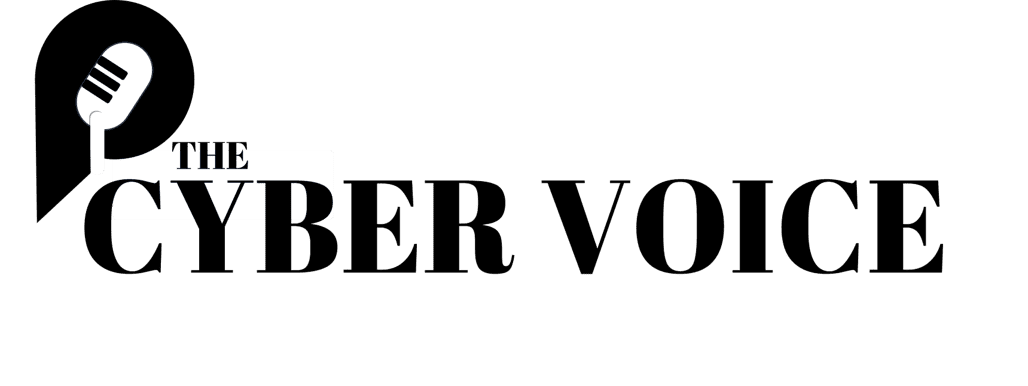The U.S. Securities and Exchange Commission (SEC) has made a groundbreaking decision by scrapping a controversial crypto regulation. This move could revolutionize the DeFi sector, making it significantly more appealing to traditional financial institutions, including banks.
The now-repealed rule had previously restricted banks’ access to decentralized financial markets by imposing strict requirements and creating legal uncertainties. By removing this obstacle, the SEC is paving the way for closer collaboration between DeFi and the traditional banking sector. Experts see this as a major opportunity to drive innovation and expand the adoption of decentralized technologies in mainstream finance.
Why Does This Matter?
- Easier Access to DeFi: Banks may now be more inclined to invest in or integrate with DeFi protocols.
- Growth Potential: This regulatory change could unlock massive growth for the DeFi sector by attracting institutional capital.
- Global Impact: The SEC’s decision sends a strong message to regulators worldwide to embrace innovation rather than hinder it.
Challenges Remain
Despite this positive development, hurdles remain, including compliance, security standards, and the integration of DeFi into existing banking systems. Furthermore, the SEC’s future approach to regulating this space will be critical in determining the success of this newfound synergy.
Conclusion
The SEC’s decision marks a turning point for DeFi’s acceptance in the banking sector. It demonstrates that regulation doesn’t have to stifle innovation—it can act as a catalyst for technological and financial evolution. By removing barriers, the SEC is opening the door to a new era where traditional finance and decentralization can work hand in hand.
The world is watching as DeFi and banks take the next leap together.














